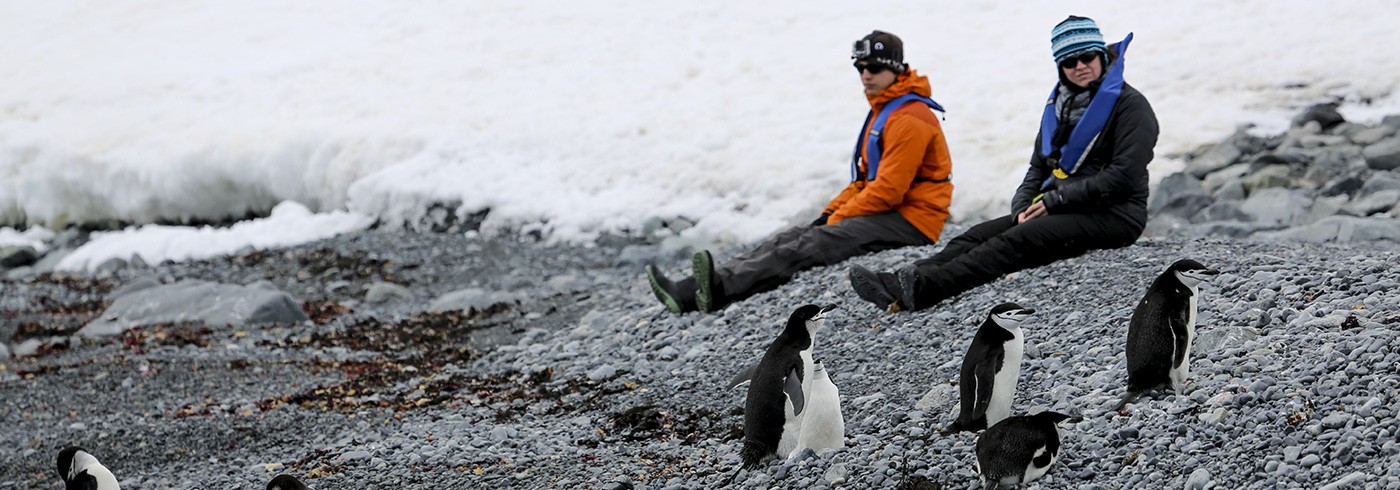Guide-tourist-environment, interactions in polar environments and its impact on tourist behavior, experiences and environment
27 December 2013 - 9 January 2014The aim of this study was mainly to investigate how the polar tourist’s experience is formed by the interaction with the environment and the polar guide. It’s important to study this interaction for the understanding whether polar experience can become a transformative experience for the tourist, resulting in an ambassadorship for the polar environment and climate change.
The area of interest has primarily been the Antarctic Peninsula where most of the Antarctic tourism is located. The pilot study used GPS-tracking, Action cam recording, eye-scan and surveys before, during and after the polar experience, to monitor the behaviour of tourists. In addition researcher’s direct observation, photo/film documentation will provide basic data.
Data have not yet been analysed but are in progress. Next phase will be to evaluate used methods and techniques for a full-scale empiric data collection.




